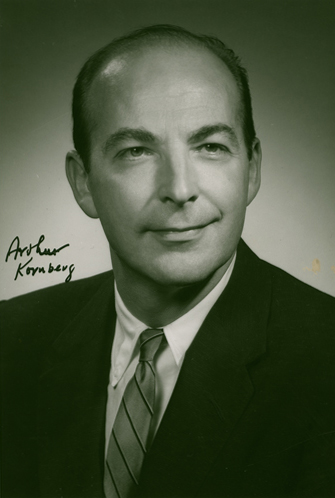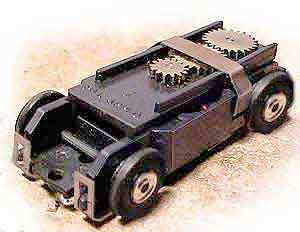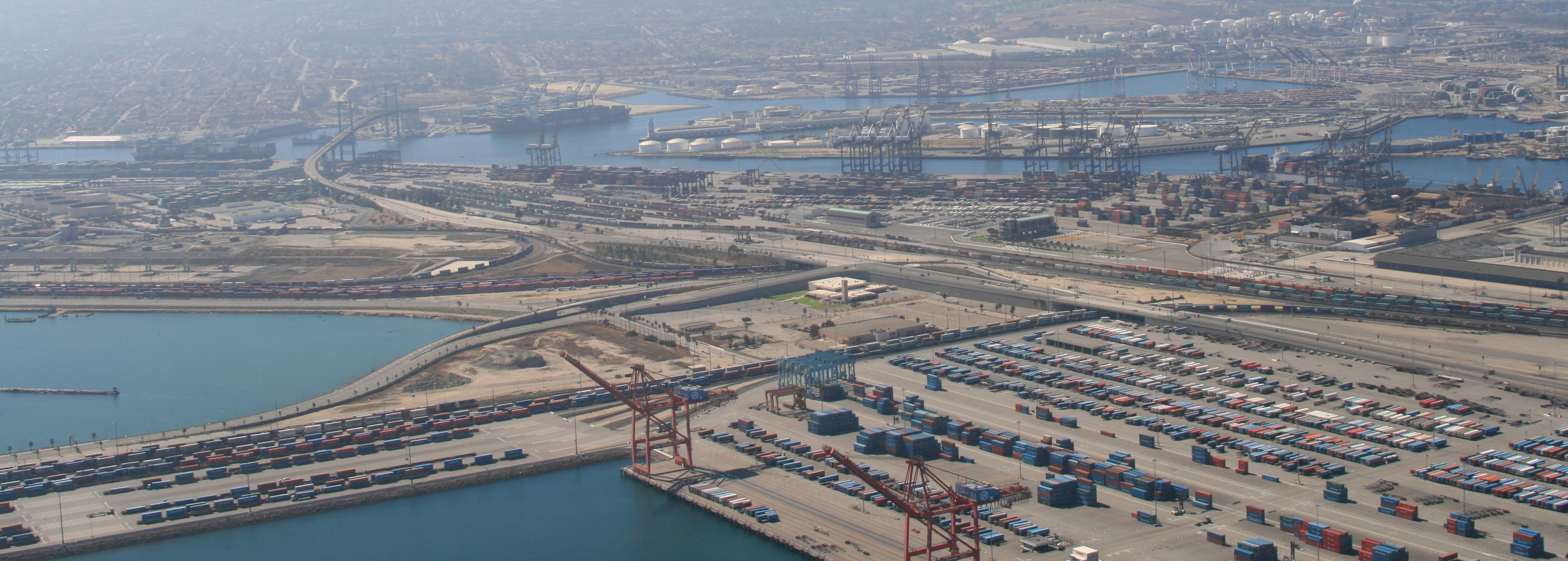|
Pola
Pola or POLA may refer to: People *House of Pola, an Italian noble family *Pola Alonso (1923–2004), Argentine actress *Pola Brändle (born 1980), German artist and photographer *Pola Gauguin (1883–1961), Danish painter *Pola Gojawiczyńska (1896–1963), Polish writer * Pola Illéry (born 1908), Romanian actress *Pola Kinski (born 1952), German actress *Pola Negri (1897–1987), Polish actress *Pola Oloixarac, Argentine writer * Pola Raksa (born 1941), Polish actress and singer *Pola Susswein, Holocaust survivor and subject of '' Pola's March'', a 2001 documentary film *Pola Uddin, Baroness Uddin (born 1959), British politician *Spike Pola (1914–2012), Australian rules footballer *Adrián Alonso Pereira (born 1988), Spanish futsal player commonly known as Pola Places *Pola (Buenos Aires Premetro), a railway station in Villa Lugano, Buenos Aires, Argentina * Pola (Italian province), in the Kingdom of Italy, 1923–1947 *Pola, Lesser Poland Voivodeship, in south Poland *Pola, O ... [...More Info...] [...Related Items...] OR: [Wikipedia] [Google] [Baidu] |
Pola Negri
Pola Negri (; born Apolonia Chalupec ; 3 January 1897 – 1 August 1987) was a Polish stage and film actress and singer. She achieved worldwide fame during the silent and golden eras of Hollywood and European film for her tragedienne and femme fatale roles and was acknowledged as a sex symbol. Raised in the Congress Kingdom of Poland, Negri's childhood was marked by several personal hardships: After her father was sent to Siberia, she was raised by her single mother in poverty, and suffered tuberculosis as a teenager. Negri recovered, and went on to study ballet and acting in Warsaw, becoming a well-known stage actress there. In 1917, she relocated to Germany, where she began appearing in silent films for the Berlin-based UFA studio. Her film performances for UFA came to the attention of Hollywood executives at Paramount Pictures, who offered her a film contract. Negri signed with Paramount in 1922, making her the first European actress in history to be contracted in Hollywood. ... [...More Info...] [...Related Items...] OR: [Wikipedia] [Google] [Baidu] |
Pola Gauguin
Pola Gauguin (6 December 1883 – 2 July 1961) was a Danish-Norwegian painter, art critic and biographer. Biography Paul Rollon Gauguin was born in Paris, France. He was the youngest of five children born to the famed French artist Paul Gauguin and his Danish wife Mette Sophie Gad (1850-1920). He was the brother of Émile Gauguin (1874–1955), Aline Gauguin (1877–1897), Clovis Gauguin (1879–1900), and Jean René Gauguin (1881–1961). In 1884, when he was one year old, his family moved to Denmark. The following year, his father returned to Paris. He grew up in Copenhagen where he was raised by his mother Mette and maternal grandparents. He had little interaction with his father and no direct contact after 1890. He entered the Royal Danish Academy of Fine Arts (''Kunstakademiets Arkitektskole'') in 1905 and from 1906 to 1909 was assistant to the architects Hermann Baagøe Storck and Anton Rosen. He attended the art exhibitions at Kunstnernes Efteraarsudstilling in Copenhage ... [...More Info...] [...Related Items...] OR: [Wikipedia] [Google] [Baidu] |
House Of Pola
The House of Pola (also Counts of Castropola, Sergi) is an Italian noble family currently living in the Czech Republic. The origins of the House of Pola date back at least until 990. The name of the family refers to the town of Pula (Italian: Pola) in Istria County, Croatia, which was in their possession from 1271 until 1331. History The family is mentioned for the first time in 990, when Sergio de Pola donated the property to the monastery of San Michele in Monte near Pula. However, the family refers to the Roman patrician gens Sergia, which lived in Pula in the time of the Roman Empire. The family tree starts in 1180 with Bonifacio Sergi who became the collector of taxes in the March of Istria. His three sons founded two branches of the family in 13th century - the Istrian branch (Galvano) and a branch of Treviso (Nascinguerra I). The family got importance in 1265, when Monfiorito da Pola became the '' Vicarius'' of the counts of Gorzia in Istria. Year 1271 1271 won th ... [...More Info...] [...Related Items...] OR: [Wikipedia] [Google] [Baidu] |
DNA Polymerase I
DNA polymerase I (or Pol I) is an enzyme that participates in the process of prokaryotic DNA replication. Discovered by Arthur Kornberg in 1956, it was the first known DNA polymerase (and the first known of any kind of polymerase). It was initially characterized in '' E. coli'' and is ubiquitous in prokaryotes. In ''E. coli'' and many other bacteria, the gene that encodes Pol I is known as ''polA''. The ''E. coli'' Pol I enzyme is composed of 928 amino acids, and is an example of a processive enzyme — it can sequentially catalyze multiple polymerisation steps without releasing the single-stranded template. The physiological function of Pol I is mainly to support repair of damaged DNA, but it also contributes to connecting Okazaki fragments by deleting RNA primers and replacing the ribonucleotides with DNA. Discovery In 1956, Arthur Kornberg and colleagues discovered Pol I by using ''Escherichia coli'' (''E. coli'') extracts to develop a DNA synthesis assay. The scientist ... [...More Info...] [...Related Items...] OR: [Wikipedia] [Google] [Baidu] |
Pola Flotilla
The Pola flotilla (''U-Flottille Pola'') was an Imperial German Navy (IGN) formation set up to implement the U-boat campaign against Allied shipping in the Mediterranean during the First World War in support of Germany's ally, the Austro-Hungarian Empire. It was formed in 1915 from the previously established ''U-Halbflottille Pola'' (''German U-Boat Half-Flotilla, Pola''). It operated mainly from an advanced base at Cattaro in the Adriatic, rather than from Pola. The flotilla was made up of U-boats dispatched from German home ports, which travelled via the Atlantic and the Strait of Gibraltar, and coastal-type UB- and UC-boats, which were moved in segments by rail to Pola and assembled there at the ''See-Arsenal'' of the Austro-Hungarian Navy (''kaiserliche und königliche Kriegsmarine'': k.u.k.). The Pola Flotilla had a maximum strength of 33 U–boats. Due to the favourable conditions for commerce raiding in the Mediterranean, they caused a disproportionately large number of A ... [...More Info...] [...Related Items...] OR: [Wikipedia] [Google] [Baidu] |
Italian Cruiser Pola
''Pola'' was a heavy cruiser of the Italian ''Regia Marina'' (Royal Navy), named after the Italian city of Pola (now Pula, Croatia). She was built in the Odero Terni Orlando shipyard in Livorno in the early 1930s and entered service in 1932. She was the fourth and last ship in the class, which also included , , and . Compared to her sisters, ''Pola'' was built as a flagship with a larger conning tower to accommodate an admiral's staff. Like her sisters, she was armed with a battery of eight guns and was capable of a top speed of . ''Pola'' initially served as the flagship of the 2nd Squadron, and in 1940 she led the squadron during the battles of Calabria and Cape Spartivento, in July and November, respectively. During the latter engagement she briefly battled the British cruiser . ''Pola'' was thereafter reassigned to the 3rd Division, along with her three sister ships. The ship took part in the Battle of Cape Matapan in late March 1941. During the battle, she was disab ... [...More Info...] [...Related Items...] OR: [Wikipedia] [Google] [Baidu] |
Faller
Faller (styled as FALLER) is a German toy company founded in Stuttgart in 1946 by brothers Edwin and Hermann Faller. The company later relocated to the brothers' home town of Gütenbach in the Black Forest. Faller now specializes in making scenery, plastic model kits and other accessories for model railroads but has manufactured a range of toys during its history, such as model airplane kits, the 'Auto Motor Sport' (AMS) slot car racing sets and die-cast model cars. Their modern product line includes railway structures, houses and commercial buildings, bridges, amusement rides and terrain accessories in H0, N, TT and Z scales, as well as the Faller Car System (FCS). Since 1997 Faller also owns the Pola brand, which is now solely devoted to G scale structures. 2 March 2011 Faller ... [...More Info...] [...Related Items...] OR: [Wikipedia] [Google] [Baidu] |
Port Of Los Angeles
The Port of Los Angeles is a seaport managed by the Los Angeles Harbor Department, a unit of the City of Los Angeles. It occupies of land and water with of waterfront and adjoins the separate Port of Long Beach. Promoted as "America's Port", the port is located in San Pedro Bay in the San Pedro and Wilmington neighborhoods of Los Angeles, approximately south of downtown. The cargo coming into the port represents approximately 20% of all cargo coming into the United States. The port's channel depth is . The port has 25 cargo terminals, 82 container cranes, 8 container terminals, and of on-dock rail. The port's top imports were furniture, automobile parts, apparel, footwear, and electronics. In 2019, the port's top exports were wastepaper, pet and animal feed, scrap metal and soybeans. As of a report from the port released 2020, its top three trading partners were China (including Hong Kong), Japan, and Vietnam. As of 2022, the port, together with the adjoining Port of Lon ... [...More Info...] [...Related Items...] OR: [Wikipedia] [Google] [Baidu] |
Port Of London Authority
The Port of London Authority (PLA) is a self-funding public trust established on 31 March 1909 in accordance with the Port of London Act 1908 to govern the Port of London. Its responsibility extends over the Tideway of the River Thames and its continuation (the Kent/Essex strait). It maintains and supervises navigation, and protects the river's environment. The PLA originally operated all enclosed dock systems on the river (except the Regent's Canal Dock), but these have long been closed to commercial traffic, with the exception of Port of Tilbury, which was privatised in 1992. It inherited the private police forces of the companies which had previously run the docks, reorganising them into a single Port of London Authority Police. Finance The PLA receives no funding from the government and is entirely self-financing. Revenues are raised from conservancy charges on vessels and cargo, pilotage charges, annual port dues, hydrographic services, river works licence fees and cha ... [...More Info...] [...Related Items...] OR: [Wikipedia] [Google] [Baidu] |
Principle Of Least Authority
In information security, computer science, and other fields, the principle of least privilege (PoLP), also known as the principle of minimal privilege (PoMP) or the principle of least authority (PoLA), requires that in a particular abstraction layer of a computing environment, every module (such as a process, a user, or a program, depending on the subject) must be able to access only the information and resources that are necessary for its legitimate purpose. Details The principle means giving a user account or process only those privileges which are essential to perform its intended function. For example, a user account for the sole purpose of creating backups does not need to install software: hence, it has rights only to run backup and backup-related applications. Any other privileges, such as installing new software, are blocked. The principle applies also to a personal computer user who usually does work in a normal user account, and opens a privileged, password protected ... [...More Info...] [...Related Items...] OR: [Wikipedia] [Google] [Baidu] |
Principle Of Least Astonishment
The principle of least astonishment (POLA), aka principle of least surprise (alternatively a law or rule), applies to user interface and software design. It proposes that a component of a system should behave in a way that most users will expect it to behave. The behavior should not astonish or surprise users. The following is a formal statement of the principle: "If a necessary feature has a high astonishment factor, it may be necessary to redesign the feature." The term has been in use in relation to computer use since at least the 1970s. Although first formalized in the field of computer technology, the principle can be applied broadly in other fields. For example, in writing, a cross-reference to another part of the work or a hyperlink should be phrased in a way that accurately tells the reader what to expect. In a book about fishing for bass, "For recipes on how to cook your catch, see chapter 4" should not lead the reader to a chapter about bass fishing seasons in various lo ... [...More Info...] [...Related Items...] OR: [Wikipedia] [Google] [Baidu] |
.jpg)





